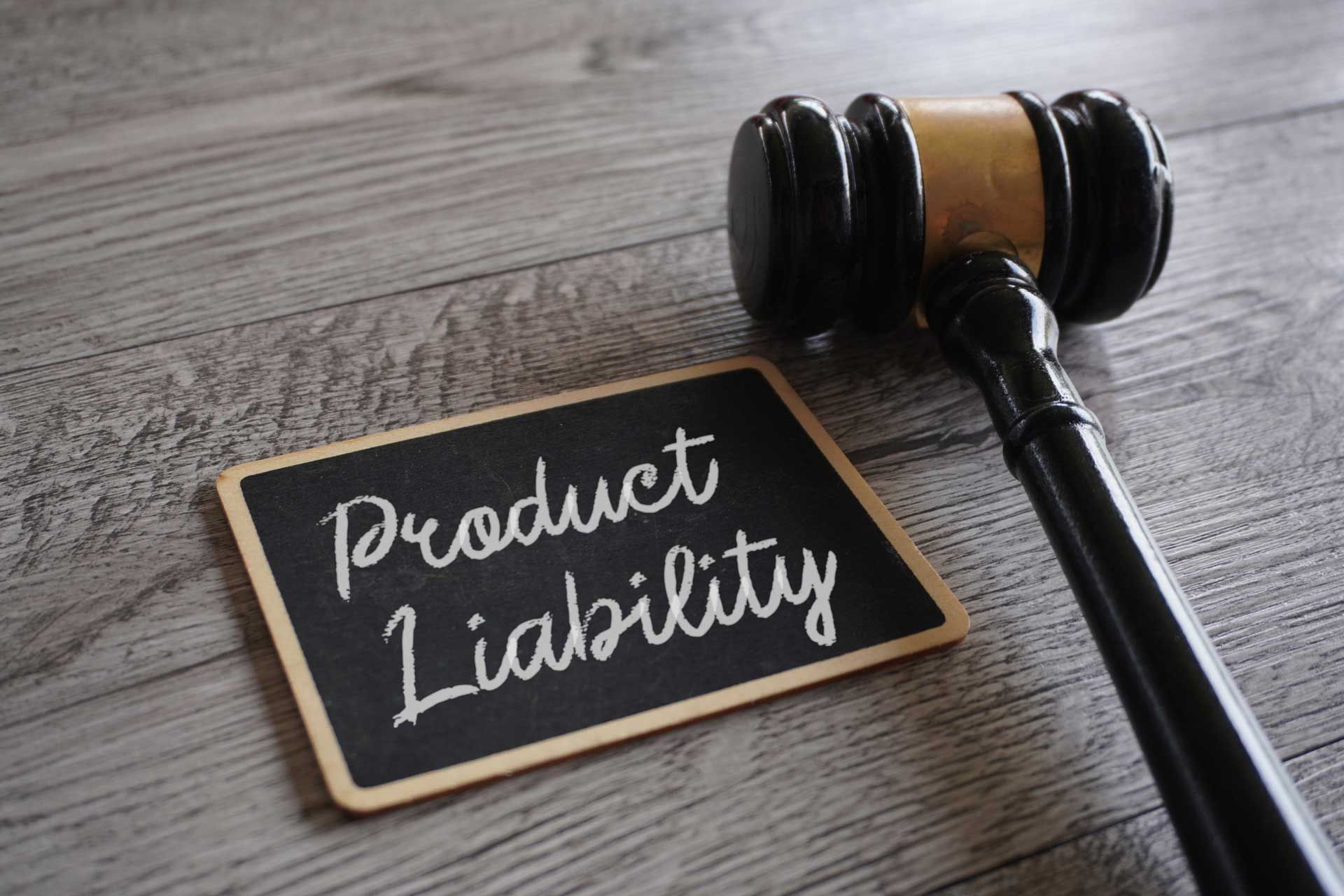Qualified Small Business Stock: How Startup Investors can Minimize Capital Gains Taxes
One Thing A Founder Should Consider Prior to Raising Seed Round Investments

QUALIFIED SMALL BUSINESS STOCK (QSBS): WHAT IS IT?
Shares of a qualified small business (QSB) defined by the Internal Revenue Code (IRC) are called qualified small business stock (QSBS). A QSB is a domestic C corp. issued stock and worth more than $50 million based on the original cost of is gross business assets. 26 USC §1202.
Tax benefits available to qualifying persons who meet specific requirements, provided they own qualified small business stock (QSBS) surround these provisions:
• Shares of a qualified small business (QSB), as defined by the Internal Revenue Code (IRC), are referred to as qualified small business stock (QSBS).
• QSBS qualifies for special capital gains treatment and reduced taxes when all requirements for qualification are met.
• The holding period for the stock determines how much they will receive as a tax benefit.
• By using the proceeds to purchase QSBS from another company, investors who sell their QSBS before the mandatory holding term expires can postpone capital gains.
QUALIFIABLE SMALL BUSINESS STOCK (QSBS): AN OVERVIEW
Individuals are permitted by the federal government to invest in small enterprises in accordance with Internal Revenue Code (IRC) Section 1202. As previously mentioned, a QSB is any current domestic C corporation whose assets, at the time of stock issuance or thereafter, do not exceed $50 million.
Only specific kinds of businesses can be classified as QSBs. Only businesses in the technology, retail, wholesale, and manufacturing qualify. Hospitality, personal services, finance, farming, and mining sector businesses are not eligible to be QSBs.
Federal taxes are not applied to capital gains from eligible small enterprises under IRC Section 1202. The following conditions must be met in order to claim the tax benefits of the qualifying stock:
1. A corporation cannot be the investor.
2. The shares had to be purchased by the investor at the time of issuance and not on the secondary market.
3. The stock must have been held by the investor for a minimum of five years; • The investor must have paid for the shares with cash or other assets, or received it in exchange for a service. One or more of the issuing corporation's eligible crafts or enterprises must employ at least 80% of its assets.
QUALIFIABLE SMALL BUSINESS (QSB) STOCK TAX BENEFIT REQUIREMENTS
A QSB stock's tax status varies based on when it was purchased and how long it was kept. 1993 witnessed the enactment of Sec. 1202, the small company shares Capital Gains Exclusion, whereby a noncorporate shareholder avoids 50% of the gain from the sale of qualified small company (QSB) shares after five years of ownership.
The exclusion percentage rises to 75% for QSB stock purchased on or before September 27, 2010, but after February 17, 2009. The exclusion rate is 100% for qualified shares purchased before January 1, 2014, but after September 27, 2010.
Furthermore, pursuant to Section 1202, the annual gain allowance is constrained by a cumulative cap of $10 million and an annual ceiling equal to ten times the amount of QSB stock that is sold during the year. (This is applicable to each shareholder and each company.)
The policy goal of the exclusion was to encourage and reward taxpayers for making certain types of small-business investments.
There are holding requirements for the complete exclusion of net investment income (NII) tax and alternative minimum tax (AMT), which are supplemental tax benefits for investors in the QSBs.
The modified adjusted gross income (MAGI) amount over a predefined limit, adjusted from year to year, or the lesser of an individual's NII or NII tax, is subject to the NII tax. These are some examples of how exclusions work:
• A complete exclusion from capital gains for QSBS acquired after September 27, 2010. There is a 100% capital gain exception, which also covers exemptions from the NII and AMT taxes. A capital gains exclusion of 75% is available for QSBS purchased between February 18, 2009, and September 27, 2010. AMT applies to 7% of the excluded gain, though.
• For QSBS acquired between August 11, 1993, and February 17, 2009, there is a 50% capital gains exclusion.A MT applies to 7% of the excluded gain, as well.
Benefits to the Investor in Qualified Small Business Stock
Let us consider a taxpayer with $410,000 in ordinary taxable income who files as a single individual. Due to their income, they are subject to the highest capital gains tax bracket (20%). They achieved a profit of $50,000 from the sale of eligible small business stock that they had purchased on September 30, 2015. All of the taxpayer's capital gains are excludable, thus there is no federal tax owed on the gains.
Let's say the taxpayer bought the stock on February 10, 2009, and sells it for a $50,000 profit five years later. Capital gains would be subject to federal tax of 20% x (50% x 50,000) = $5,000.
Benefits also extend to shareholders who choose to sell qualified small business shares (QSBS) that they haven't kept for the required minimum five-year holding term. By reinvesting the profits from the sale of that qualifying small business stock (QSBS) into another QSBS within 60 days, they are able to defer the gain under Section 1045 of the IRC.
A qualified small business stock (QSBS) offering is a means of obtaining initial or additional funding for qualified startups and qualified established firms looking to expand.
These businesses can also pay employees in-kind, or with qualified small business stock (QSBS), which is a common way to pay employees for their services in situations where cash flow is scarce. Additionally, qualified small business stock (QSBS) could be utilized as a motivator for staff members to stay with the company and contribute to its expansion and success.



